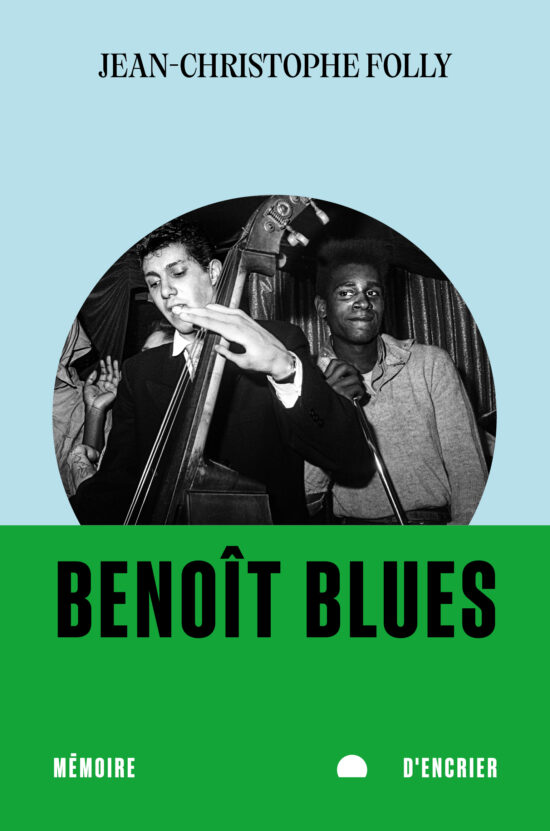In Augustin Fuentes' The Creative Spark, an anecdote that has stuck with me was a story of a macaque monkey. While observing a group of macaques, a lone monkey strayed from the group as small family groups of 2-3 formed from a larger group. This lone monkey, named Teardrop due to markings on her face, approached the author and leaned by his leg. Teardrop did this without looking at Fuentes, and remained like this for 10 minutes or so before wandering off. Later, Fuentes learned that Teardrop, unlike the other macaques in this larger social group, could not mate and have young, so she sought a creative way to have her social needs for physical contact met.
This reminded me of Bob Ross, the TV landscape painter, and his relationship with young wild animals. Known for a carefree attitude and love for nature, Ross would occasionally show young animals he was helping to care for before releasing them back into the wild. Baby squirrels, deer, birds, and other young, usually orphaned baby woodland creatures were featured in The Joy Of Painting episodes. Ross' stewardship of these young animals, who likely wouldn't survive in their condition, but then respectful release of these animals is I think very similar to Teardrop the macaque's creative solution. I've liked Bob Ross since I was young, and I really respect him as a creative person who dedicated their efforts to encouraging creativity in others. Bob Ross' friendly demeanor and approachable technique saw many viewers actually follow along with his painting shows, learning an artistic pursuit that many see as something difficult. As an artistic person, it always makes me sad to see people say they "can't" draw or paint, as it's something everybody does as a child, and that people have been doing since we've been people. Whether it be cave painting or crayon on the wall, it seems to be a natural instinct for humans to create. I think a lot of people stop drawing or making art once they think they're "not good" at it, whether it be the judgement of others or the artist judging themselves that creates this wall of anxiety around artistic expression for many people. Bob Ross' no mistakes, just happy accidents attitude definitely inspired me to continue drawing and making art, even if I disliked it or thought it was bad, just for the sake of making something and learning from it. To anyone reading this, Bob Ross' The Joy of Painting episodes are on youtube, and all you need to draw is a pencil/pen and paper. Even if you're not a person who draws often, I suggest you try it out just for fun some time.









